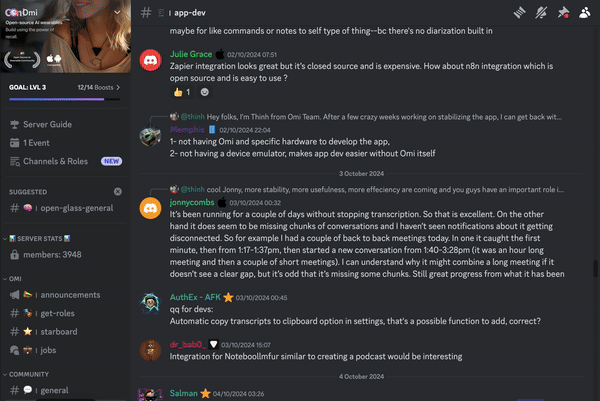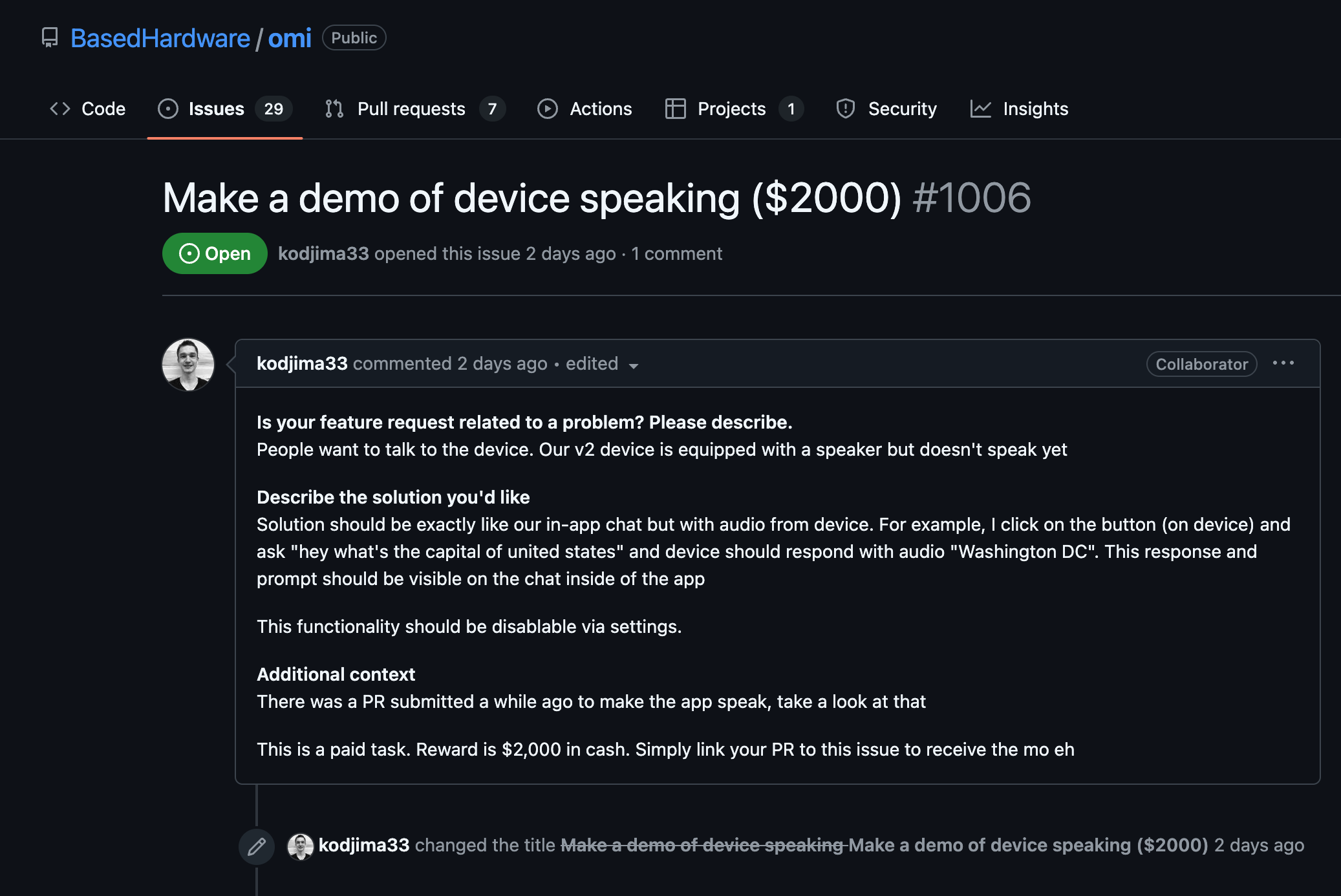Prerequisites and Setup
- Ensure you have Python installed on your machine with pip, the package installer for Python, which you'll use to install necessary modules such as `requests` for HTTP communication.
pip install requests
Understanding the Fixer API Basics
- Explore the API documentation thoroughly to understand the available endpoints, supported HTTP methods, required query parameters, and authentication mechanisms. This ensures efficient interaction with the API and better error handling.
- The Fixer API provides current and historical foreign exchange rates published by the European Central Bank. Familiarize yourself with its free tier limits and endpoints.
Fetching Currency Exchange Rates
- Start by forming the API request URL correctly with your unique API key. Typically, for fetching current rates, you need to access the `/latest` endpoint.
import requests
# Define the API key and URL
api_key = 'YOUR_API_KEY'
url = f'http://data.fixer.io/api/latest?access_key={api_key}'
# Make the request
response = requests.get(url)
rates_data = response.json()
# Check if the request was successful
if response.status_code == 200 and rates_data.get('success'):
print("Base Currency:", rates_data['base'])
print("Rates on Date:", rates_data['date'])
for currency, rate in rates_data['rates'].items():
print(currency, rate)
else:
print("Error fetching rates:", rates_data.get('error'))
Optimizing API Usage
- To reduce the number of requests or required data size, specify the currencies you are interested in using the `symbols` parameter. This makes the data payload smaller and responses faster.
symbols = 'USD,GBP,JPY'
url = f'http://data.fixer.io/api/latest?access_key={api_key}&symbols={symbols}'
Handling Errors and Exceptions
- Always check for HTTP errors and handle exceptions gracefully to ensure your script doesn't crash unexpectedly. Use try-except blocks to manage unexpected issues while fetching data.
- Also, check for specific error messages in the response JSON to understand if the API call failed due to invalid parameters or quota exhaustion.
try:
response = requests.get(url)
response.raise_for_status() # Raises an error if the request was unsuccessful
rates_data = response.json()
if rates_data.get('success'):
print("Exchange rates retrieved successfully")
else:
print("API error:", rates_data.get('error'))
except requests.exceptions.RequestException as e:
print("Request error:", e)
Automating and Scheduling Data Fetching
- For automated or periodic data updates, consider using Python's `schedule` or `threading` modules to schedule regular API calls.
import schedule
import time
def fetch_rates():
# Your API call logic here
pass
# Schedule the task to run every hour
schedule.every().hour.do(fetch_rates)
while True:
schedule.run_pending()
time.sleep(1)
























